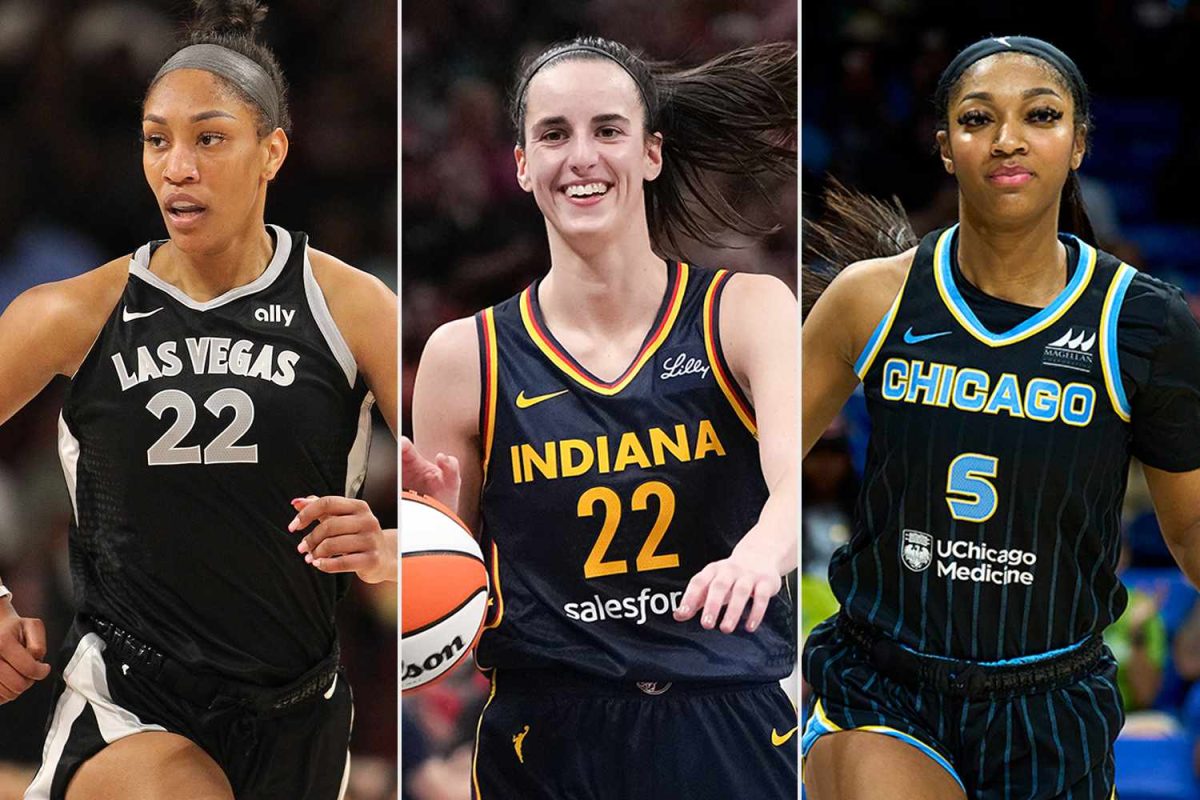
The WNBA is at a critical labor crossroads as its current collective bargaining agreement (CBA), negotiated in 2020, is set to expire on October 31, 2025. In October 2024, the Women’s National Basketball Players Association (WNBPA) opted out of that deal, giving the two sides about a year to hammer out a new pact before potentially triggering a work stoppage. The move reflects the players’ awareness that the league’s growing visibility, rising attendance, and lucrative media deals have elevated the moment as an opportunity to aim for a more equitable and sustainable relationship between players and management.
So far, negotiations have been tense and unsteady. The WNBA presented a proposal that the WNBPA criticized sharply, calling it insufficient on core demands such as increased revenue sharing, expanded benefits, improved travel and maternity protections, and perhaps a looser salary cap framework. Many players described the proposal as a “slap in the face.” In July 2025, the players held their first major in person bargaining session since December, with over 40 players, including prominent stars, participating. But even that meeting drew criticism: New York Liberty’s Breanna Stewart said it was a “wasted opportunity,” and union leadership publicly rebuked the league’s offer.
As the October deadline looms, both sides are under increasing pressure. Many insiders believe it’s unlikely a deal will be reached in time, and an extension of negotiations appears probable. Meanwhile, players are reportedly preparing for the possibility of a work stoppage whether strike or lockout if an agreement acceptable to the union isn’t secured. The final outcome will not only set the financial and operational terms for WNBA athletes for years to come, but also test whether the league, riding a wave of momentum, is ready to meet its players at a truly transformative moment in women’s professional sports.